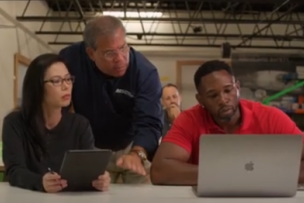Does your emergency response program ensure easy and close access to a 15-minute flush of tepid water for all employees near all worksite hazards?
This is a tall order for many facilities.
Despite best intentions, many worksites’ safety equipment and plans are not always in compliance with ANSI standards, which poses an enormous safety risk to workers, management and businesses.
Consider the following strategies for establishing a solid worksite safety program that improves processes before, during and after an injury occurs:



Talk to Us!
Leave a reply
Your email address will not be published. Required fields are marked *